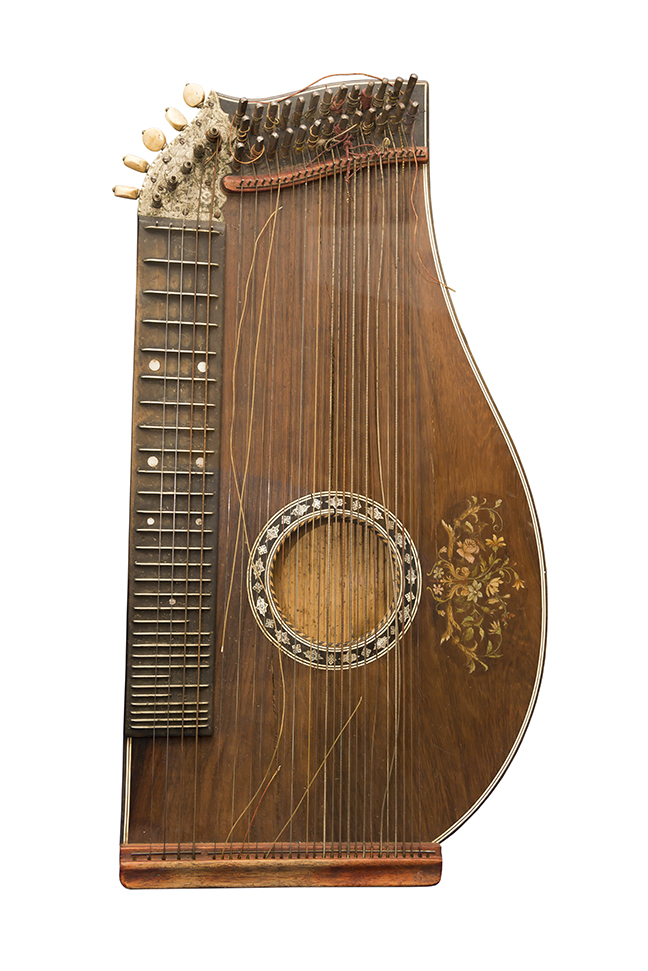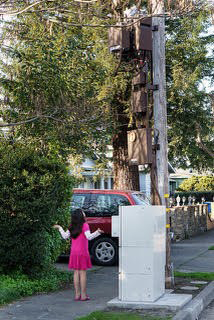What’s an Autoharp and a Zither? Let’s Find Out!
For many years I’ve written about musical instruments from “A” to “Z” for ALIVE Magazine. In this issue the “A” is the Autoharp and the “Z” is the Zither; two instruments that many people have probably never heard about. We’ll start with the Z.
The Zither is among rare and lesser-known instruments used in other times and periods of music history. It comes from a long and storied history dating back to Biblical times.

The ancient ancestors of the zither were a group of instruments called psalteries. Hence, the earliest form of the zither was a psaltery. Historians and musicologists believe the psaltery originated in Persia and Assyria; later it spread to Europe with the Moorish invasion of Spain. The psaltery was a trapezoid or rectangular sound-box with strings that stretched across the box. Sound is produced by plucking the strings.
Today, the zither usually refers to a Bavarian or Austrian instrument like the earlier psaltery. There were many forms and styles of zithers but the one called the board zither is the most highly developed and, at least from a Western viewpoint, is the most important of all the different zithers.
The Bavarian or Austrian zither was primarily used as a folk instrument. It consists of a flat wooden sound-box, usually rectangular, with four to five melody strings (tuned to C, G, D, A). The steel melody strings are played with the right thumb. There are as many as 37 gut accompaniment strings that are stretched over the frets of the finger board. The left hand “stops” the strings that are needed for the chord by pressing them against the frets.
Circa, 1830, two schools where zithers were made, were in Mittenwald, Germany and in the Salzburg area of Austria. The zither was more indigenous to the alpine regions of the two countries until the later part of the 18th century. During the 19th century, the zither was made in its standard form. Three sizes of instruments were made for ensemble playing.
The instrument is placed across the knees with the long side next to the player. The zither was known as a folk instrument of central Europe. Generations of people used the zither primarily as an accompaniment instrument.
The Autoharp is a closely related instrument to the zither. It was invented by C. A. Gutter, of Markneukirchen, Germany, in the late 19th century. The construction of the autoharp is some-what like the zither.
It has a series if strings stretched across a sound board with a series of chord bars marked with the chord name. When depressed the bars dampen (stops) all the strings that are not in the chord. In other words, if one depresses the C major bar, only the strings in the C major chord are sounded – C, E, G – all other strings are silent because they are stopped by the bar. The autoharp is infinitely easier to play than the zither. The zither has no chord bars so the strings must be depressed by the fingers. Like the zither, one of the purposes of the autoharp is to accompany singers.
The principle advantage of the autoharp is that it allows a person with no musical ability, or very little knowledge of music, to play the instrument and accompany melodies.
Playing Position: Place the autoharp on your lap or on a table in front of you. The longest side should be near your body. The player depresses the chord bar with the left hand and strums with the right hand away from the body. The right hand that strums the strings is in a cross-over position.
When purchasing an autoharp, one must decide whether to buy a 12-chord-bar model or a 15-chord-bar model. If cost is not a factor – go for the 15-bar-model. It gives you three extra chord bars and is more versatile in terms of chord selection and number of key signatures it can play. A 12-chord model can play the keys of C, F, and G major; the 15-chord model can play these keys with the addition of keys Bb and D major. Minor keys of A, D, and G can be played on both models.
In modern times the autoharp is played by many more people than the zither. The zither requires the knowledge of chordal structure to depress the correct strings to sound the desired chord. The autoharp can be played by anyone that can read the name of the chord on the chord bar.
The autoharp out-sells the zither many times over. Probably one of the biggest customers for autoharps are schools, particularly elementary schools. Since the instruments can be played by amateurs, they are used in elementary school general music classes. Most classroom teachers are not music majors, so the instrument does not need a trained musician in order to play it. Autoharps make an ideal instrument for classroom use to accompany the children singing.
Also, the students can quickly learn to play the instrument.
Many teachers, not musically trained, think the autoharp is a God-send, as they can use it to enhance their music lessons in the classroom. I have personally observed classroom music lessons being taught by non-musician teachers using the autoharp. It is a wonderful addition that makes music lessons more fun for the students.
Using the autoharp to accompany singing is less stressful for the teacher who does not play piano or guitar. You don’t have to be an expert to play the autoharp – anyone can do it – try it, you’ll like it!
Mark
your June calendar for “People, Places & Things” a joint concert with the
Danville Community Band and the San Ramon Symphonic Band. Sunday, June 2 at
3:00 p.m. Lesher Center for the Arts in Walnut Creek.
# # #





